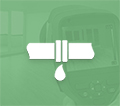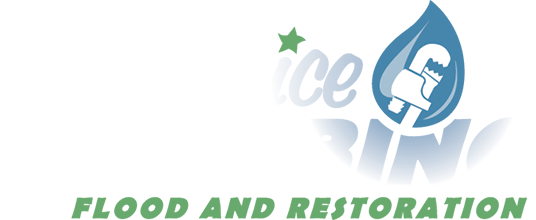Understanding Mold Damage and Prevention: Safeguard Your Home and Health
Mold is more than just an unsightly nuisance; it can pose serious health risks and cause significant damage to your home. Understanding and preventing mold damage can help you protect your property and well-being. This post will cover the health risks associated with mold exposure, how to identify mold in your home, and tips for preventing mold growth.
The Health Risks Associated with Mold Exposure
Respiratory Problems
Mold spores can trigger respiratory issues, including coughing, wheezing, and asthma attacks. Individuals with pre-existing respiratory conditions are particularly vulnerable.
Allergic Reactions
Mold exposure can lead to allergic reactions such as sneezing, runny nose, and itchy eyes. People with mold allergies may experience more severe symptoms.
Skin Irritations
Mold can cause skin rashes and irritations. Direct contact with mold or mold-contaminated materials can lead to uncomfortable skin conditions.
Weakened Immune System
Mold exposure can lead to more severe health issues, including infections and chronic illnesses, for individuals with weakened immune systems.
Neurological Effects
Prolonged mold exposure has been linked to neurological symptoms such as memory problems, mood swings, and headaches.
How to Identify Mold in Your Home
Visible Mold Growth
Look for visible mold on walls, ceilings, floors, and other surfaces. Mold can appear as discolored patches, which may be green, black, or white.
Musty Odors
A musty or earthy smell in your home can indicate mold growth, even if you don’t see it. This odor is often a sign of hidden mold behind walls or insulation.
Water Damage Signs
Water stains, leaks, or damp areas are common indicators of mold growth. Mold thrives in moist environments, so check areas prone to water intrusion.
Allergy Symptoms
If you or your family members experience unexplained allergy symptoms, it could be due to mold in your home. Monitor symptoms and consider mold testing if needed.
Condensation and Humidity
Excessive condensation on windows, walls, or pipes can contribute to mold growth, and high indoor humidity levels can also create an environment conducive to mold.
Tips for Preventing Mold Growth
Control Humidity
To inhibit mold growth, keep indoor humidity levels below 60%. Use dehumidifiers and air conditioners to maintain optimal humidity levels.
Fix Leaks Promptly
Address any leaks or water damage immediately to prevent mold from developing. Repair roof leaks, plumbing issues, and other sources of moisture.
Improve Ventilation
Ensure proper ventilation in moisture-prone areas, such as bathrooms and kitchens. Use exhaust fans and open windows to reduce humidity.
Regular Cleaning
Clean and dry any damp areas promptly. Regularly clean bathrooms, kitchens, and other moisture-prone areas to prevent mold buildup.
Inspect and Maintain
Regularly inspect your home for signs of mold and moisture. Maintain gutters, downspouts, and drainage systems to prevent water from entering.
Professional Mold Removal
Contact a professional mold remediation service if you discover mold in your home. Experts like 1st Choice Plumbing, Flood & Restoration can assess the extent of the mold problem and provide thorough removal and prevention solutions.
Get Professional Help for Mold Issues
Mold can be a serious issue, but you can protect your home and health with prompt action and professional assistance. Contact 1st Choice Plumbing, Flood & Restoration at 866-437-0205 for expert mold damage assessment, removal, and prevention services.
Contact Us Today
Call 1st Choice Plumbing, Flood & Restoration at 866-437-0205 for effective mold remediation and prevention. Our team is here to help you maintain a safe and healthy home environment.










